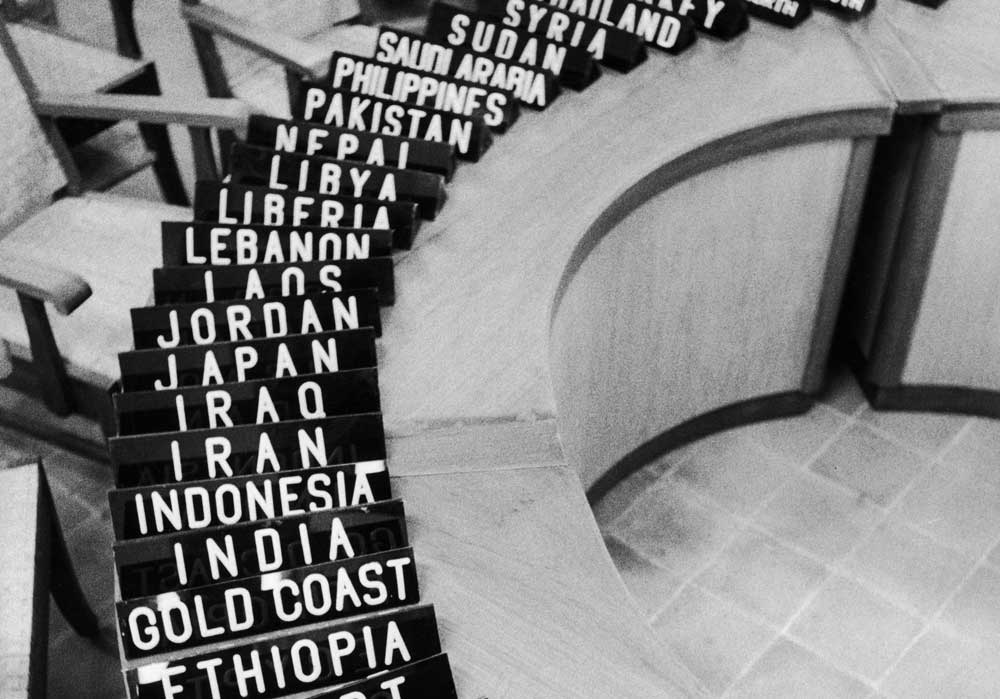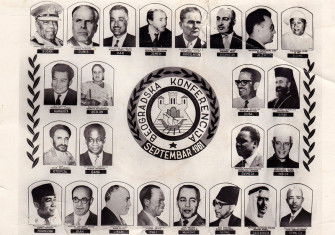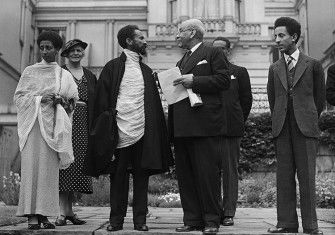Asia and Africa Unite
In 1955, the Bandung Conference brought together post-colonial nations in the hope of forging a new solidarity. Could such disparate countries overcome their inherent differences?

In April 1955, the young Indonesian state invited the nations of Asia and Africa to unite in Bandung, West Java. Just a decade after the declaration of merdeka (freedom) on 17 August 1945, the sprawling country, with territorial borders still being drawn, brought together delegates from two vast continents at an Art Deco dancehall turned conference centre, built by Dutch architects in the 1920s. The Asian-African Conference (better known as the Bandung Conference) was a historic moment for post-independence Indonesia. After attending the conference, the Indian prime minister, Jawaharlal Nehru, wrote to Edwina Mountbatten praising Indonesia’s achievement:







